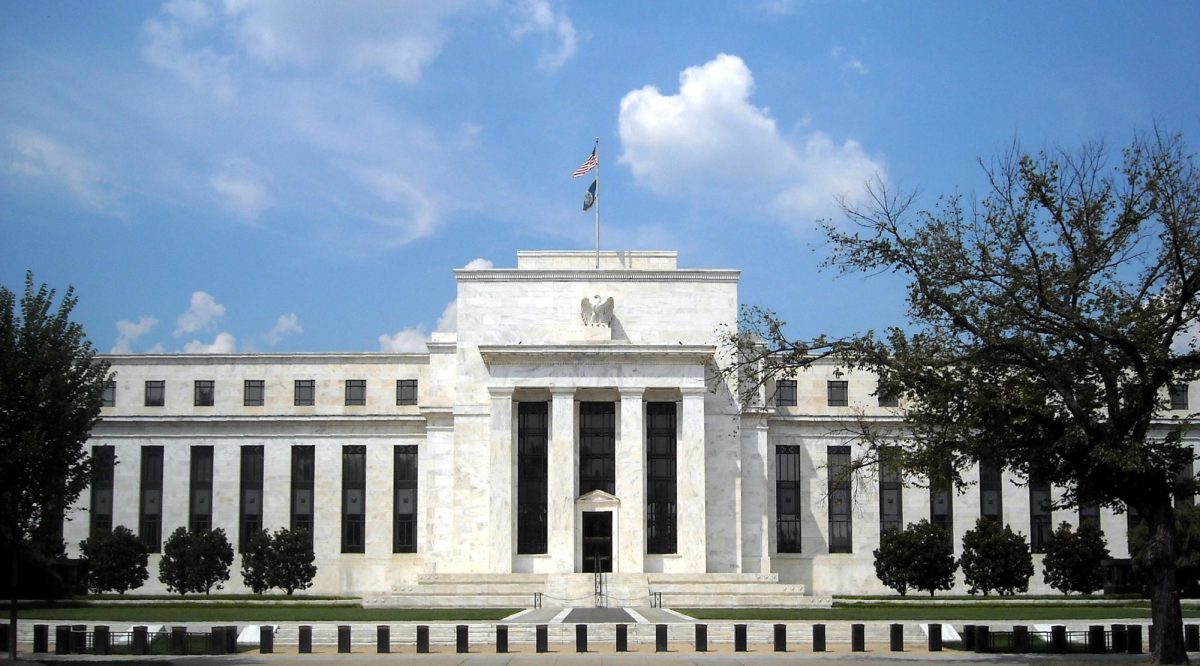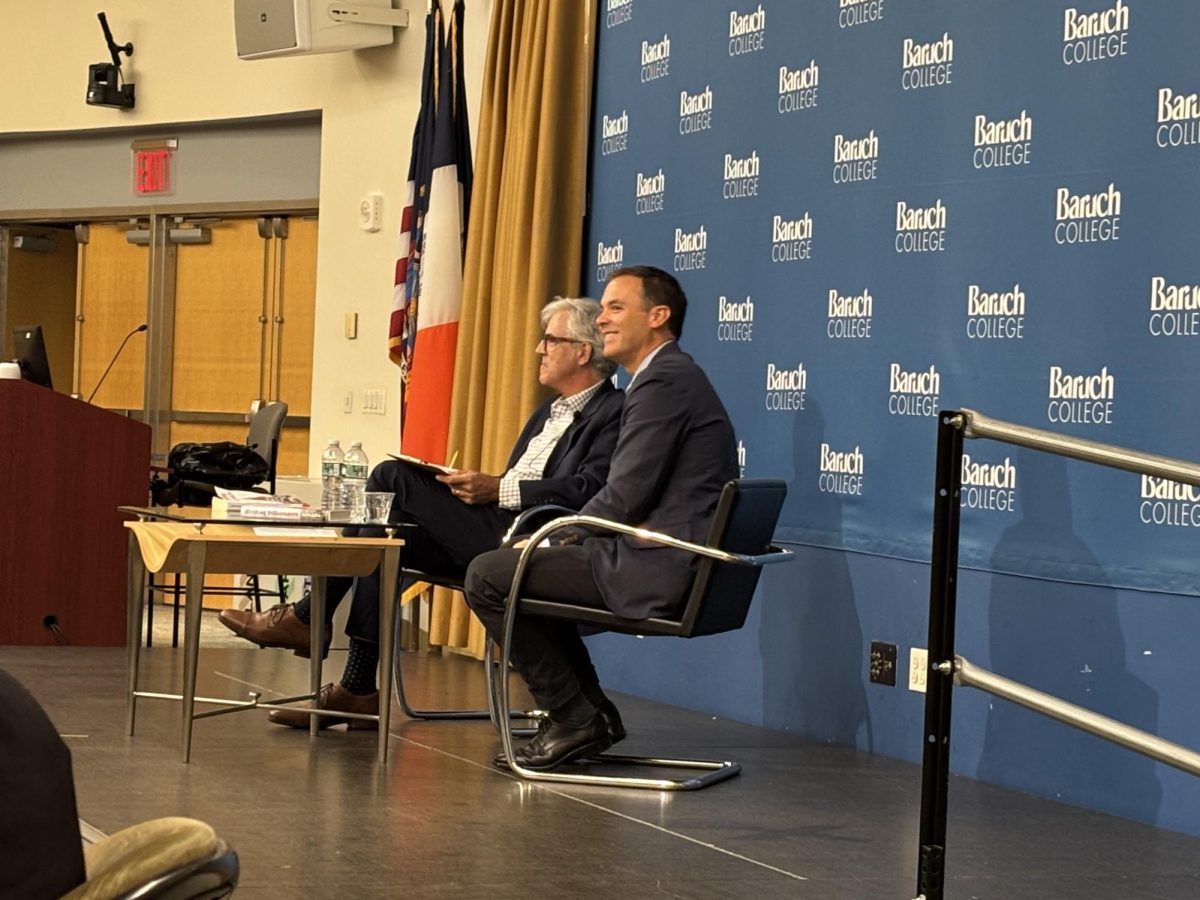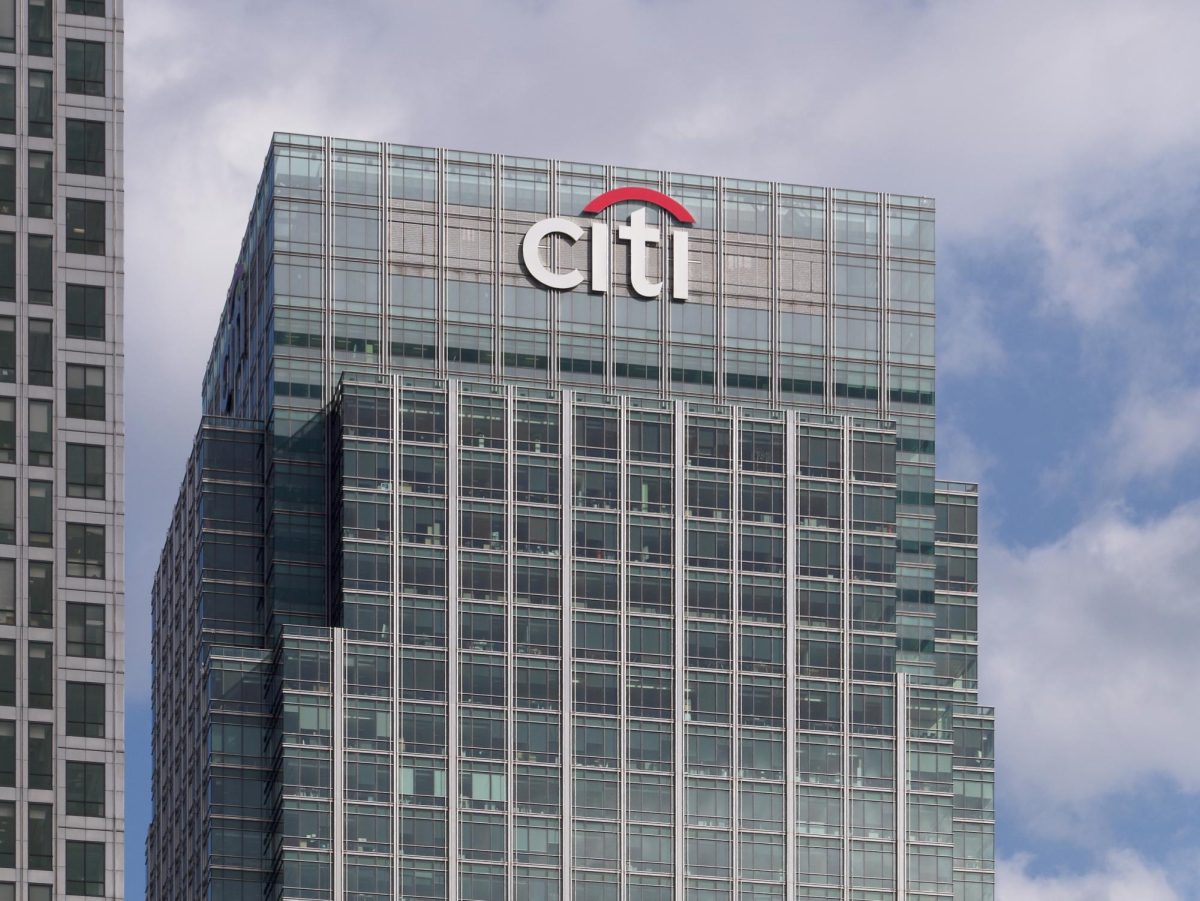The Federal Reserve lowered interest rates, which is its first policy change since 2024. This comes after higher risk of unemployment, and rate cuts could follow to stop the shift in the labor market, which has experienced higher joblessness among Black people, specifically Black women, Reuters reported.
Officials stressed that monetary policy would continue to be tight until the end of the year, with a forecast goal range of 3.50% to 3.75% remaining higher than pre-pandemic norms, notwithstanding the shift.
Increased borrowing prices have caused individuals to reduce their loan borrowing and corporations to postpone capital investments. A lack of trustworthy economic data may make it much more difficult to calibrate future monetary choices, especially with the government shutdown.
As a direct consequence, the impact on valuations has been most visible in tech and growth sectors. Because these industries’ predicted earnings are further in the future and are now being discounted more sharply, they are more susceptible to fluctuations in interest rates.
Businesses are hesitant to enter the financial markets and many are waiting for better financing circumstances before going public. The number of IPOs remain low.
Mergers and acquisitions activity has been slow other than a few high-profile megadeals. It is more difficult to defend mid-sized purchases if borrowing costs rise and purchasers continue to exercise caution.
Ernst & Young analysts found that bid-ask spreads have expanded due to rate path uncertainty, which has slowed transaction execution and prompted businesses to investigate strategic alliances instead.
Rising bond market rates have caused investors’ attitudes to become defensive. Since the yield on the 10-year Treasury has remained approximately 4.10% to 4.15%, returns on equities face a significant obstacle. Institutional investors are consequently moving into fixed income, which raises demand for safer assets and lowers appetite for industries that involve a lot of risk.
Income generators on Wall Street. are feeling the shift.
Private equity companies are having trouble structuring leveraged buyouts, while investment banks are coping with slower pipelines in IPOs and advisory mandates.
There has been a notable slowdown in fundraising activities. Funds are being forced to postpone closing or reduce goals as LPs are growing more picky, the Wall Street Journal reported.
Looking ahead, market participants will closely watch the Fed’s October and December meetings.
Policymakers will either face the decision of prioritizing inflation control or shift toward growth support. Until that decision becomes clear, interest rates will continue to shape the direction of capital.








